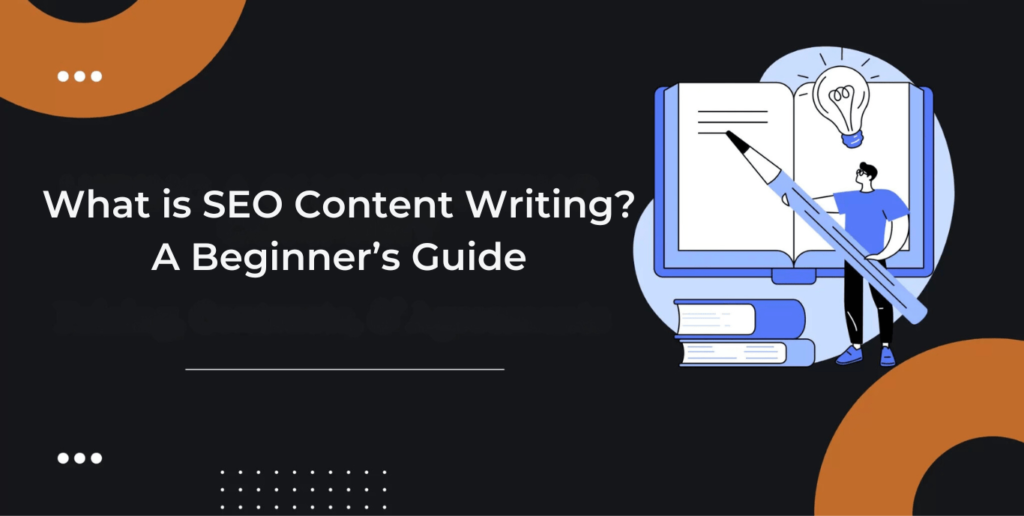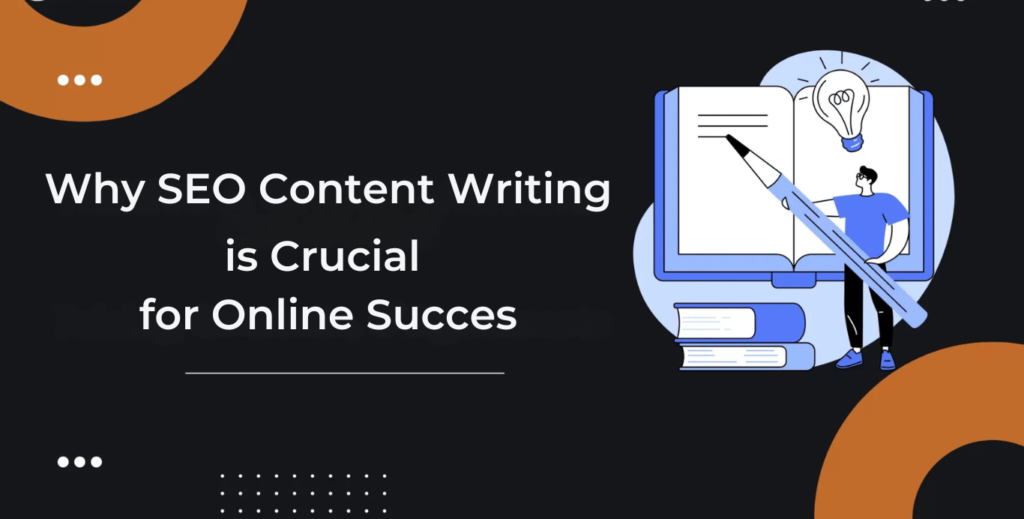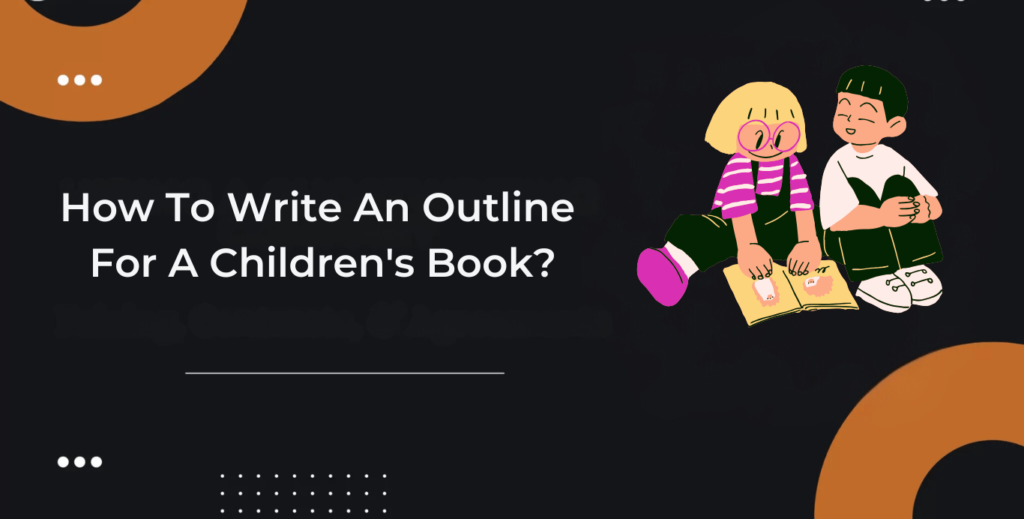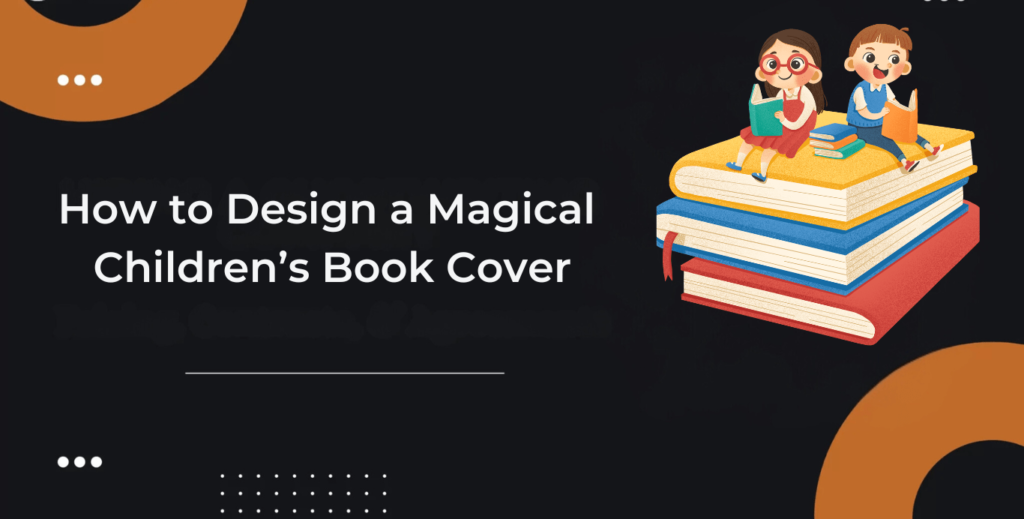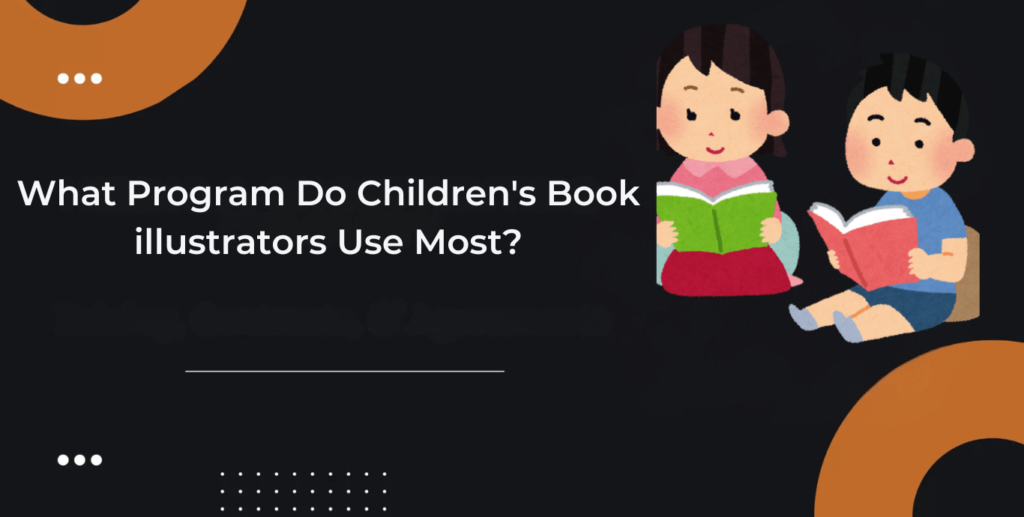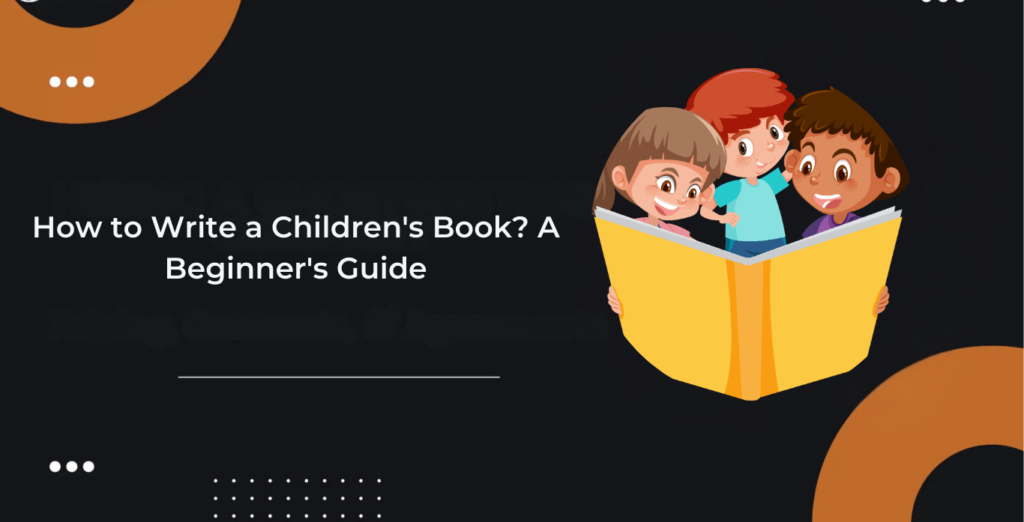What is SEO Content Writing? A Beginner’s Guide
Home Services Contact Us More About Us Reviews Blog Hamburger Toggle Menu Call Now Get a Free Quote Blog Blog What is SEO Content Writing? A Beginner’s Guide Have you ever wondered why some blogs effortlessly rank at the top of Google while others remain buried in obscurity? If you’re struggling to make your content visible, you’re not alone. With millions of articles published daily, standing out has become a significant challenge for content creators. This is where SEO content writing comes into play—a strategic approach that marries compelling writing with optimization techniques to boost your visibility. This is where SEO content writing becomes a game-changer. Whether you’re a blogger, a business owner, or someone trying to build an online presence, knowing the SEO writing basics can open doors to visibility and success. This beginner’s guide to SEO will break down the core concepts, giving you practical steps to make your content search-engine-friendly while keeping readers engaged. Mastering SEO is not just for marketers; it’s for anyone looking to grow in the digital space. Challenges You Might Face Without SEO Knowledge Struggling to attract traffic despite great content. Poor engagement rates due to low visibility. Difficulty competing in a saturated digital market. By the end of this blog, you’ll have a clear understanding of what SEO content writing is, why it’s vital, and how to start implementing SEO techniques today. What is SEO Content Writing? SEO content writing combines the art of writing with the science of search engine optimization. It’s not just about sprinkling keywords into your text—it’s about creating content that resonates with readers while aligning with search engine algorithms. Defining SEO Content Writing At its core, SEO content writing is about creating valuable, relevant, and well-structured content designed to rank higher in search engine results. Search engines like Google prioritize content that satisfies user intent, meaning your content needs to address what your audience is searching for. Key Elements of SEO Content Writing: Keyword Optimization: Identifying and naturally integrating terms your audience uses when searching. User Intent Alignment: Answering questions, solving problems, or providing value. Content Quality: High-quality, unique, and error-free content. Technical SEO Aspects: Ensuring your page structure, meta tags, and URLs are optimized. SEO vs. Traditional Content Writing Traditional content writing focuses solely on storytelling or conveying information. While that’s important, it often lacks the optimization required to rank well. SEO content writing blends creativity with strategy, making content not only engaging but also discoverable. Aspect Traditional Writing SEO Content Writing Focus Reader engagement Reader engagement + Search engines Keyword Use Optional Essential, but natural integration Structure Free-flowing SEO-optimized (headers, subheadings) Visibility Relies on direct sharing Ranks on search engines organically How SEO Content Writing Benefits You Increases Website Traffic: Properly optimized content attracts organic visitors. Boosts Credibility: Content that ranks well is often seen as authoritative. Enhances Reader Engagement: Aligning with search intent ensures you’re answering their queries. By mastering SEO writing basics, you can create content that stands out amidst the competition. Pro Tip: Use Internal Links Strategically Internal links connect pages within your website, improving SEO and navigation. For more tips, check out our guide: 10 Proven Techniques to Write SEO-Optimized Content That Ranks. Beginner’s guide to seo why content writing is important If you’ve ever wondered why some blogs dominate search results while others go unnoticed, the answer lies in SEO. The importance of SEO in content writing cannot be overstated—it’s the bridge between your content and your target audience. How SEO Drives Visibility Search engines like Google use algorithms to rank content based on relevance, quality, and user intent. SEO techniques help ensure your content checks all these boxes, making it easier for your audience to find you. Key Benefits of SEO in Content Writing: Attracts Organic Traffic: Proper optimization ensures your content shows up in search results, eliminating the need for costly ads. Improves Audience Engagement: By answering specific queries, SEO aligns your content with the needs of your audience. Builds Brand Authority: Consistently ranking high establishes your brand as a trusted source of information. Connection Between SEO Writing Basics and Engagement When content is optimized for search engines, it naturally leads to better audience engagement. Why? Because SEO helps you create content that speaks directly to the needs and interests of your audience. This increases time spent on your site, reduces bounce rates, and improves overall user experience. Better Conversions Through SEO Beyond engagement, effective SEO content writing can drive tangible results, such as: Increased Leads: Optimized content targeting buyer intent keywords can drive inquiries or sales. Higher Retention: Quality content keeps readers returning, building trust over time. Improved ROI: Organic traffic provides long-term benefits without recurring costs. Stay Ahead of the Curve Staying updated with trends is crucial as SEO evolves. Explore more in our resource, SEO Content Writing Trends to Watch in 2024. SEO Writing Basics for Beginners Before diving into advanced strategies, mastering the fundamentals of SEO content writing is essential. Here’s a breakdown of the SEO writing basics that will set you on the path to success: 1. Keyword Research Keywords are the backbone of SEO. They represent what users type into search engines to find content. Why It Matters: Targeting the right keywords aligns your content with user queries. How to Do It: Use tools like Google Keyword Planner, Ahrefs, or Ubersuggest to identify high-traffic, low-competition keywords. 2. On-Page Optimization On-page elements ensure your content is structured for both readers and search engines. Title Tags and Meta Descriptions: Craft compelling titles and summaries that include primary keywords. Headers (H1, H2, H3): Organize content with keyword-rich headings to improve readability. Alt Text for Images: Use descriptive text to help search engines understand visuals. 3. Content Quality Search engines reward high-quality, unique, and engaging content. Tips for Quality Content: Write for your audience first, search engines second. Use simple, conversational language. Ensure content answers specific questions or solves problems. 4. Internal Linking Strategically linking to other pages on your website improves both SEO and user experience. Benefits: Keeps visitors on your site longer. Distributes link equity to other pages. Helps search engines understand your site structure. Learn how to do this effectively in our guide: How
